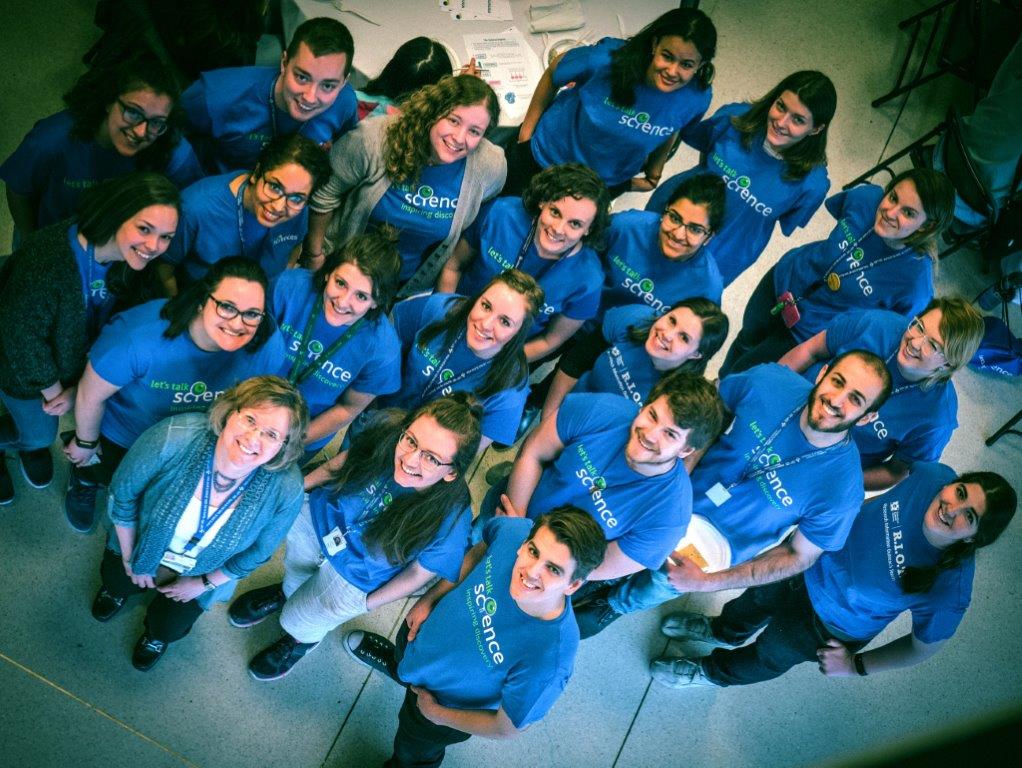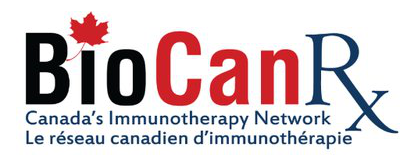By Dr. Barbara Vanderhyden, David Cook and Pascale Robineau-Charette
Most scientists recognize the need to talk to the media when they call. But at times, especially during periods when public funding for research is constrained, there is growing attention to the need to be more proactive in sharing your research with the public. The two reasons that are flagged most often are: 1) The taxpayers’ dollars are paying for your research – you owe them an explanation for what you are doing with those funds; and 2) A more scientifically literate public and/or one that is more trusting of scientists will be more supportive of government and policy decisions that benefit the scientific community.
Even Nature has published on this topic, see here and here.
So, how does a scientist get out of their comfort zone (i.e. lab)? Those of us in Ottawa are not infrequently called upon to meet with government officials, to lobby for change in science policy, or to open our lab doors to visiting politicians. Trainees can also join a science outreach program, volunteer at a local museum or science centre, or organize a scientific café (eg. Pint of Science). Science communication also encompasses tweets, blogs, and websites, and many conferences are now encouraging participants to use some form of social media not only to share their views with other participants but, by extension, to let the public know what is new and interesting. At the BioCanRx Summit for Cancer Immunotherapy, patient participants and Highly Qualified Personnel (HQP) come together in a bidirectional learning model called The Learning Institute. At BioCanRx, HQP include trainee and research staff, but also includes positions that support the development of biotechnology as it moves from the lab toward commercialization. This could mean anyone working for a BioCanRx network investigator who is either a student, post-doctoral fellow, research associate, technical research staff or clinical research staff.

Dr. Vanderhyden with her students.
Science communication through education channels is an interesting approach, especially for trainees. I recently did a Q&A in my brother’s grade 7 class, and there were 3 boys in the back who had clearly set out to be as disruptive as possible. After tossing out a number of irrelevant questions, one of them asked – “Do you work with viruses”? My answer was simple: “Yes! I even work with mutant viruses.” I had finally captured their attention long enough to explain, in their own language, how we are creating mutant viruses to cure cancer. Anyone who has taught in a classroom recognizes this as a “break-through moment” and it is one of the biggest thrills a scientist can have – convincing a skeptic that your research is interesting and important.
Getting out of your comfort zone can be a fun, educational, character-building experience. By engaging with the public, you help to change the geeky scientist stereotype (unless you are a geeky scientist!), while enhancing your professional skills in science communication. There are two notable programs that can help you do that. Let’s Talk Science Outreach (http://letstalkscience.ca/) operates out of more than 40 universities and colleges across Canada. They train volunteers to communicate science to children and youth, and offer a wide array of opportunities to test and improve your skills. With more than 3,500 volunteers and a 25-year history, participation in Let’s Talk Science is a recognized asset on your CV.
The second program is the Research Information Outreach Team (RIOT), organized by the Canadian Cancer Society These are currently located in London, Toronto, Kingston, Ottawa, Montreal and Windsor, and help trainees to get engaged in talking about their research to the public. As a graduate student, Saman Maleki, now a BioCanRx PI at Western University, with several other graduate students and the help of the Canadian Cancer Society (CCS) London office, established a Cancer RIOT group because they thought it was important that communities know what researchers do. Volunteers come to appreciate the value of what they do because of the stories told by cancer patients. As Dr. Maleki notes: “Those personal stories had a profound impact on me.”
At various universities around Ontario, Let’s Talk Science and RIOT have partnered to organize Let’s Talk Cancer, an annual day-long symposium that aims to expose senior high school students to current cancer research and the process of turning these findings into promising new therapies. In Ottawa, the event hosts up to 100 students from schools within a two-hour radius of Ottawa. Throughout the day, students have the opportunity to hear talks from cancer researchers, physicians, and a cancer survivor. Between talks, students participate in a variety of hands-on, minds-on activities where they experience a facet of cancer research or treatment. These activities are led by 20 BioCanRx trainees and graduate student volunteers, nine of whom made up the organizing committee, who boost their leadership skills by planning all aspects of the symposium.
The symposium provides an opportunity for volunteers to improve their public speaking and their ability to present complicated ideas in simple language. Some volunteers also use the event as an outlet for their creativity, designing engaging hands-on activities for the symposium that demonstrate scientific concepts, including “how to cure cancer” and “designing new biotherapies”. We are happy to share these activities to anyone who is interested in using them in their own community.
In this age of social media feeds decorated with unscientific claims and conspiracies against “Big Pharma”, high school students are particularly vulnerable to misinformation. Events like this, especially with their hands-on components, encourage students to use their scientific knowledge in day-to-day life and to think critically when using social media. Volunteering provides opportunity beyond personal development, allowing graduate students to educate and improve the relationship between science and the public.

